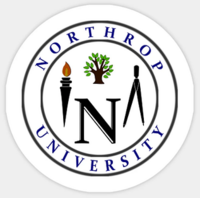
Embry–Riddle Aeronautical University (ERAU) is a private university focused on aviation and aerospace programs. Founded at Lunken Field in Cincinnati, Ohio in 1926, its main campuses are located in Daytona Beach, Florida, and Prescott, Arizona. It is the largest accredited university system specializing in aviation and aerospace. It has numerous online programs and academic programs offered at satellite locations.
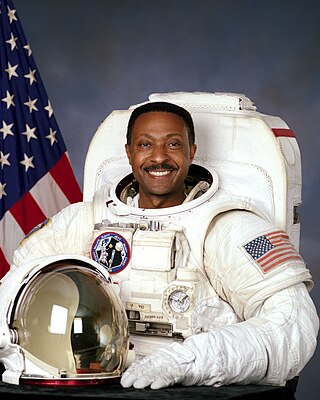
Winston Elliott "Win" Scott is a retired United States Navy Captain and former NASA astronaut. He served as a mission specialist on STS-72 in 1996 and STS-87 in 1997 logged a total of 24 days, 14 hours and 34 minutes in space, including three spacewalks totaling 19 hours and 26 minutes. Often known by his nickname of "Win", he was also a Naval Aviator and initially flew helicopters and later transitioned to fighter aircraft.

Vaughn College of Aeronautics and Technology is a private college in East Elmhurst, New York, specialized in aviation and engineering education. It is adjacent to LaGuardia Airport but was founded in Newark, New Jersey in 1932 before moving to New York City in 1940. The college's most recent name change, to honor a founder, was on September 1, 2004.

Simon "Si" Ramo was an American engineer, businessman, and author. He led development of microwave and missile technology and is sometimes known as the father of the intercontinental ballistic missile (ICBM). He also developed General Electric's electron microscope. He played prominent roles in the formation of two Fortune 500 companies, Ramo-Wooldridge and Bunker Ramo Corporation.
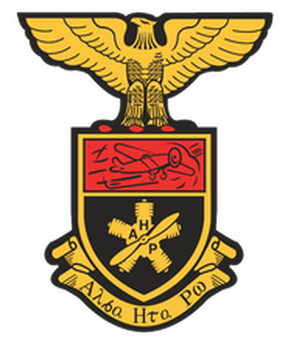
Alpha Eta Rho (ΑΗΡ) is a coed international professional college aviation fraternity. Established in 1929 at the University of Southern California, it was the first professional aviation fraternity. It connects the aviation industry with educational institutions and mentors college students toward successful careers in aviation, aeronautical engineering, and aerospace sciences.

David Sloan Lewis Jr. was an aeronautical engineer who led aerospace and defense giant General Dynamics for 14 years.

The Institut Supérieur de l'Aéronautique et de l'Espace is a French grande école of engineering, founded in 1909. It is the world's first dedicated institute of aerospace engineering. ISAE-SUPAERO is part of University of Toulouse, ISSAT, PEGASUS, GEA, Toulouse Tech, CESAER and Aerospace Valley. The institute is ranked highly among Europe's engineering schools.
Jan Roskam was a Dutch-born American aircraft designer. He was the Deane E. Ackers Distinguished Professor of Aerospace Engineering at the University of Kansas. He was also the author of eleven books on airplane design and flight dynamics and over 160 papers on the topics of aircraft aerodynamics, performance, design and flight controls. He founded the company DARcorporation with Willem Anemaat.
Embry–Riddle Aeronautical University, Daytona Beach is a residential campus of Embry–Riddle Aeronautical University, a private university focused on aviation and aerospace programs, and it is located in Daytona Beach, Florida. The university offers associate, bachelor's, master's, and doctoral degree programs in arts, sciences, aviation, business, and engineering.

Embry-Riddle Aeronautical University, Prescott is a residential campus of Embry-Riddle Aeronautical University in Prescott, Arizona. The university offers bachelor of science degrees in applied science, aviation, business, computers & technology, engineering, security, intelligence & safety, and space. The Prescott campus also offers master's degrees in Safety Science, Security & Intelligence, and Cyber Intelligence & Security.
Korea Aerospace University is a private university located in Goyang, Gyeonggi, South Korea.
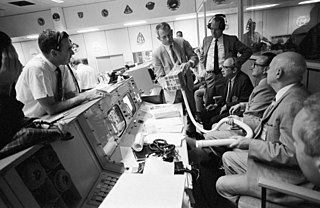
Aerospace engineering is the primary field of engineering concerned with the development of aircraft and spacecraft. It has two major and overlapping branches: aeronautical engineering and astronautical engineering. Avionics engineering is similar, but deals with the electronics side of aerospace engineering.
Parks College of Engineering, Aviation and Technology is a college within Saint Louis University. It formed from the pre-existing Parks Air College, founded by Oliver Parks in 1927.
Charles Edward Chapel was an American politician, college professor, and technical writer best known for his articles and books about firearms.
Spartan College of Aeronautics and Technology (Spartan) is a private for-profit aviation college in Tulsa, Oklahoma. It was originally established to provide pilot and technicians for Spartan Aircraft Company but outlived its parent company and continues to train pilots and mechanics into the 21st Century. The main campus is adjacent to Tulsa International Airport, with another campus used for flight training at Richard Lloyd Jones Jr. Airport.
William Rees Sears was an American aeronautical engineer and educator who worked at Caltech, Northrop Aircraft, Cornell University, and the University of Arizona. He was an editor of the Journal of the Aeronautical Sciences from 1955 to 1963 and the founding Editor of the Annual Review of Fluid Mechanics in 1969.
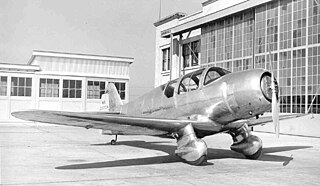
The Boeing School of Aeronautics was a school that operated in Oakland, California from 1929 to 1945. It taught the design, maintenance, and flying of aircraft made by the Boeing Airplane Company. In its later years, the school was known as the United Air Lines Training Center.

Richard G. Thomas was an American test pilot, who flew the Tacit Blue, and several spin tests on the F-5F program, including the first flights on both aircraft for the Northrop Corporation.
